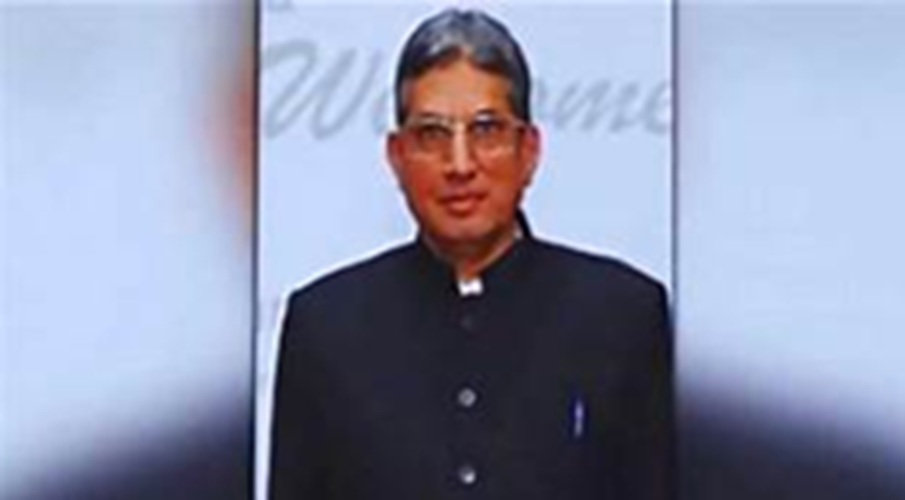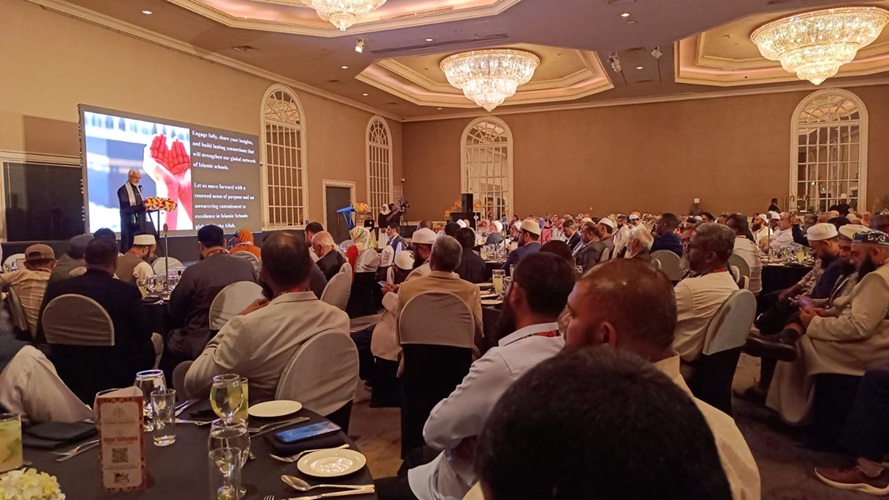Sir Syed Ahmad Khan (1817–1898) occupies a pivotal place in the history of modern India, particularly in the context of Muslim social and educational reform. His legacy is often celebrated for the founding of the Muhammadan Anglo-Oriental College in Aligarh, which later became Aligarh Muslim University, an institution that dramatically transformed the educational and socio-economic landscape for Indian Muslims. Yet, alongside this monumental contribution, Sir Syed’s intellectual and religious positions invite critical scrutiny. While he undeniably catalyzed the modernization of Muslim society in India, his approach to religion, theology, and engagement with Western knowledge reflects serious deviations from orthodox Islamic teachings.
A balanced appraisal must examine both dimensions: the transformative impact of his educational initiatives and the controversies arising from his religious misgivings. The most celebrated achievement of Sir Syed is undoubtedly the establishment of educational institutions designed to empower Indian Muslims in a rapidly changing colonial context. Following the catastrophic defeat of the Indian Muslim elite in the 1857 Revolt against the British, Muslims faced severe socio-economic marginalization.
Sir Syed recognized that without modern education and proficiency in English, Muslims would be excluded from the emerging administrative and professional opportunities under British rule. The founding of the Muhammadan Anglo-Oriental College in 1875 was therefore a strategic response to this crisis. The Aligarh institution not only imparted Western-style education, including science, literature, and administrative skills, but also became a hub for social mobility.
It produced generations of professionals—civil servants, engineers, teachers, and scholars—who gained employment in government and private sectors. By linking education with tangible economic and administrative opportunities, Sir Syed helped uplift a community that had been rendered vulnerable and politically marginalized. In this sense, his contribution to Muslim society was both pragmatic and visionary: he created pathways for social and economic empowerment in a context of colonial subjugation. Furthermore, Sir Syed emphasized rational inquiry, scientific thinking, and the reinterpretation of Islamic history to align with modern sensibilities.
His insistence on the study of Western sciences alongside religious studies reflected a commitment to intellectual adaptability, a trait essential for survival in the colonial and postcolonial world. In the broader panorama of 19th-century Indian Muslim reform, Sir Syed stands out as a figure who blended social activism with educational innovation, leaving a legacy that continues to shape the community’s intellectual infrastructure. Despite his undeniable achievements in education, Sir Syed’s approach to religion remains a matter of significant debate. His engagement with Western thought, while intellectually pioneering, led him to reinterpret Islamic doctrines in ways that many scholars consider departures from orthodox teachings.
Sir Syed’s insistence on rationalist and historical-critical approaches to the Quran and Hadith, his engagement with comparative religion, and his promotion of a rationalist interpretation of Islam were controversial. For instance, he often emphasized reason over traditional jurisprudence, and his writings reflect a tendency to harmonize Islamic principles with European rationalist thought. While this approach was intended to make Islam intellectually palatable to a Western-educated audience, it raised questions about fidelity to classical Islamic scholarship.
Sir Syed’s controversial stance on certain theological issues, including the status of miracles, the interpretation of Prophetic traditions, and the role of Islamic law in contemporary governance, also attracted criticism. Many scholars argue that his rationalist tendencies diluted core religious principles and encouraged a selective reading of Islamic sources. His willingness to accommodate Western epistemology sometimes resulted in what critics consider religious compromises, weakening the authoritative weight of classical scholarship in favor of pragmatic alignment with colonial modernity. Moreover, Sir Syed’s historical interpretation of events like the 1857 Revolt reflected a tendency to exonerate British policies and downplay Muslim resistance. By portraying the revolt as a religiously misguided uprising rather than a legitimate struggle against colonial oppression, he alienated traditional scholars and pious segments of society. Critics argue that this approach contributed to a religious and intellectual disjunction between Aligarh’s modernist elites and the broader Muslim populace, fostering an enduring tension between reformist and orthodox strands in Indian Islam.
The dual nature of Sir Syed’s legacy is evident in how his contributions reshaped Muslim society while simultaneously creating ideological fissures. On one hand, his institutions equipped Muslims with the tools to survive and thrive in the modern world. They fostered critical thinking, technical competence, and administrative skill—qualities essential for navigating colonial India’s complex socio-political landscape. On the other hand, his religious misgivings and selective adaptation of Islamic principles fostered a trend of rationalist reform that many considered a deviation from traditional religious norms. This duality has implications for understanding contemporary Muslim identity in South Asia.
Aligarh graduates and their intellectual descendants have often pursued modernist, secular, and reformist agendas, sometimes at odds with orthodox scholarship. While this has enabled Muslims to engage effectively in professional and political spheres, it has also generated debates over authenticity, religious authority, and the balance between tradition and modernity.
Sir Syed’s life exemplifies the tension between pragmatic accommodation and theological fidelity—a tension that continues to shape Muslim intellectual debates today. In sum, Sir Syed Ahmad Khan remains a towering figure in the history of modern Indian Muslim reform, yet his legacy is neither unambiguously positive nor free from criticism. His establishment of educational institutions and advocacy for scientific and administrative literacy significantly transformed the social and economic prospects of Indian Muslims, providing avenues of empowerment previously unavailable.
However, his rationalist reinterpretation of Islam, selective engagement with Western thought, and occasional deviations from orthodox religious teachings expose the limitations of his approach. A critical assessment of Sir Syed must therefore balance these dimensions. He was a visionary reformer who understood the practical necessities of his time but simultaneously a thinker whose theological choices sparked enduring debates within Muslim intellectual circles.
His life reminds us that reform and modernization are complex processes: they can empower communities materially while challenging long-held religious and cultural frameworks. The legacy of Sir Syed Ahmad Khan is, thus, both inspirational and cautionary—highlighting the transformative power of education and the perils of theological compromise.






0 Comments